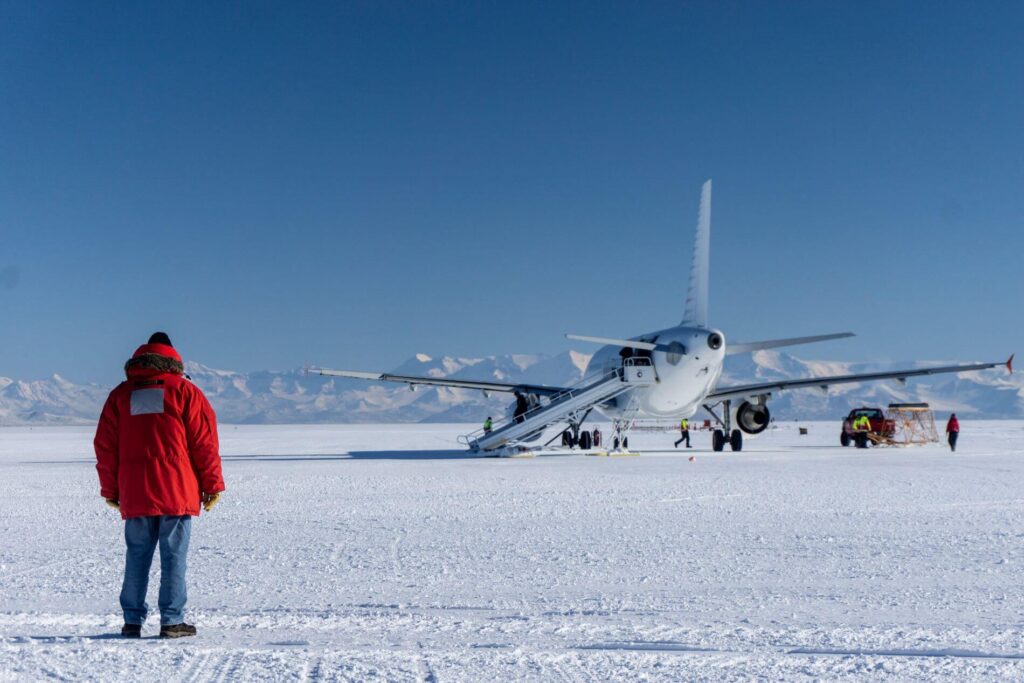Australia will not proceed with its plan to build Antarctica’s first concrete runway near one of its research bases.
“The Morrison Government will protect Antarctica’s pristine wilderness by not proceeding with a decision to build a 2700m concrete runway at Australia’s Davis research station, following a detailed environmental and economic assessment,” a press release by Australia’s Minister for Environment, The Hon Sussan Ley, reads.
The intention to build the runway was announced in 2018. It was included in Australia’s Antarctic Strategy and 20 Year Action Plan, and was on its way to becoming the largest piece of infrastructure ever constructed on the continent.
Australia planned to build the runway on Vestfold Hills, one of the few ice-free plots of land in Antarctica, some 4.5 kilometers (2.8 miles) from Davis station. According to preliminary assessments, the project would have taken over 15 years to complete, and would have necessitated building a new port, access roads, and multiple other buildings in the vicinity.
Currently, Australia, as well as other countries that possess a base on the white continent, uses ice runways, which are only accessible for a certain number of months throughout the year. Ice runways are difficult to operate and are heavily dependent on the weather.
The 2.7-kilometer (approximately 1.7 miles) runway would allow year-round operations in any weather with wide-body commercial jets and heavy transport aircraft.
According to the information provided by the Australian Antarctic Program, the runway would “provide more reliable access to Antarctica throughout the year, improving our ability to conduct year-round, world-class scientific research and respond to emergencies.”
However, the idea drew heavy criticism from the scientific community, including Australia’s own researchers. Opponents have stated that such a huge project would greatly disturb the environment on the continent, necessitate large-scale blasting and ice melting operations, interfere with wild animal habitats, and contradict Australia’s own rules in regards to operations in Antarctica.
Both opponents and proponents of the idea have presented geopolitical significance as the prime motivation to proceed, highlighting that the project is a way to increase Australia’s presence on the continent in relation to other countries.
In 2018, China announced its own plan to build a permanent runway near one of its Antarctic bases, and has been investing heavily in securing a foothold on the continent.
Ley’s statement points to the environmental assessment as the primary motivation for the project being discontinued. The cost and the difficulty of such an endeavor also playing a significant role.

